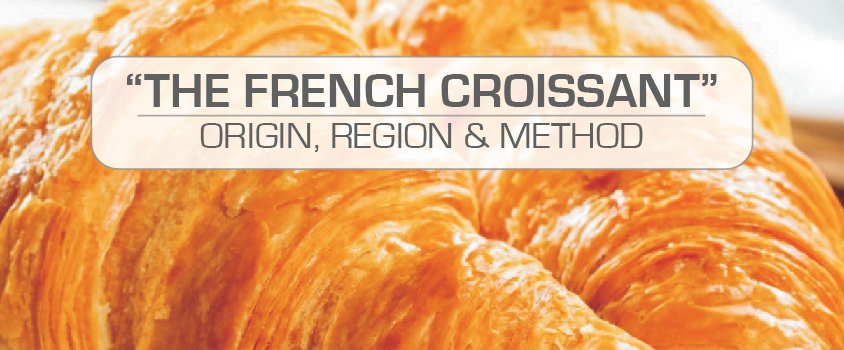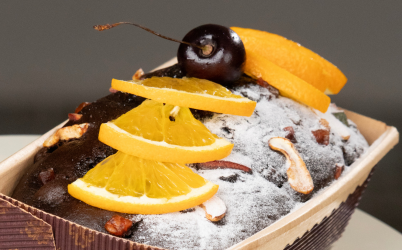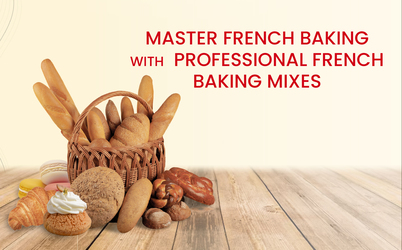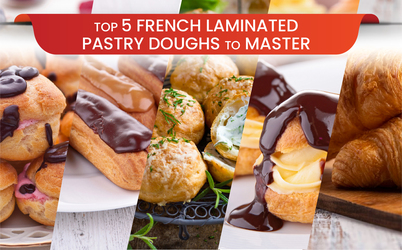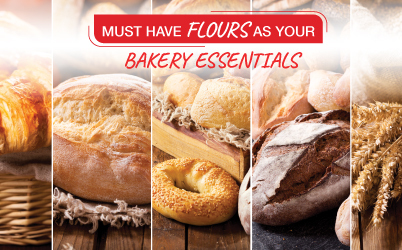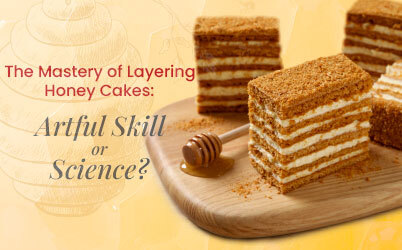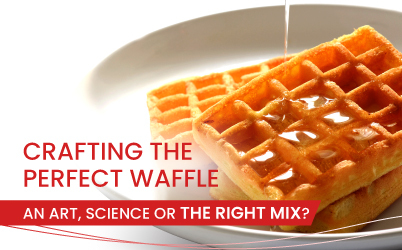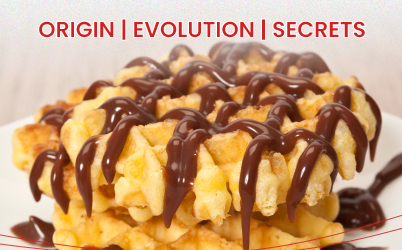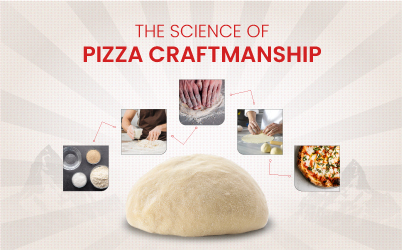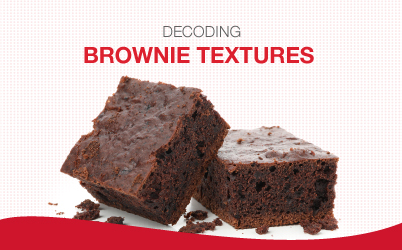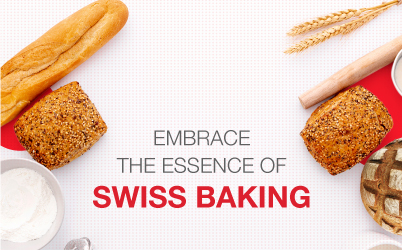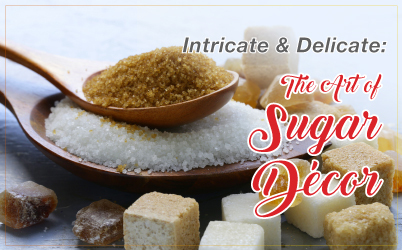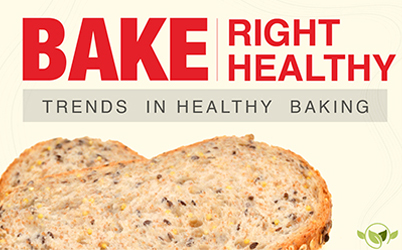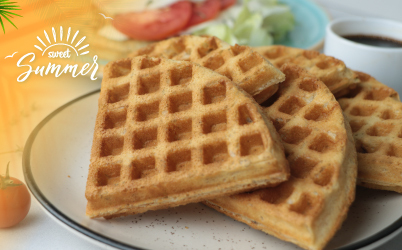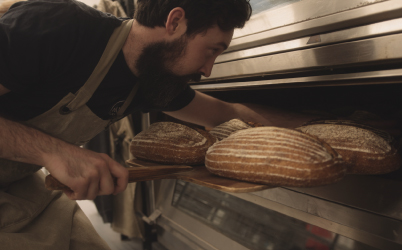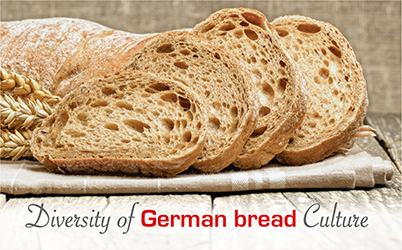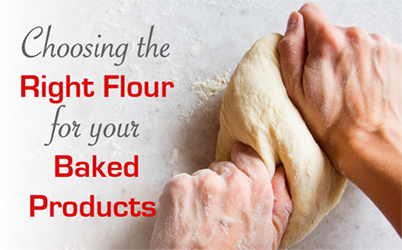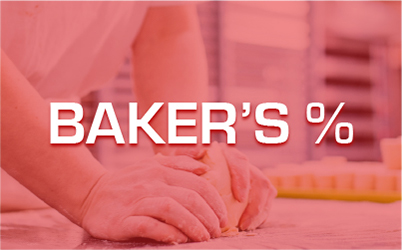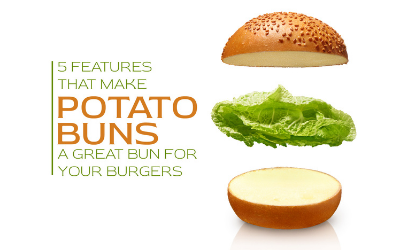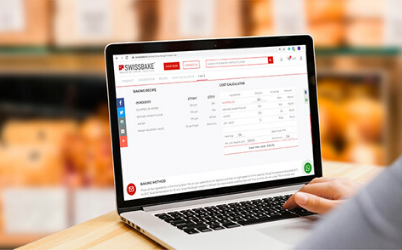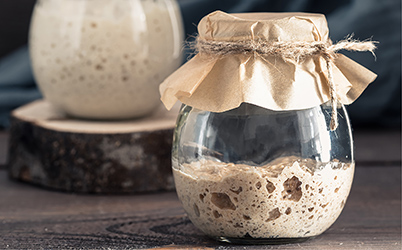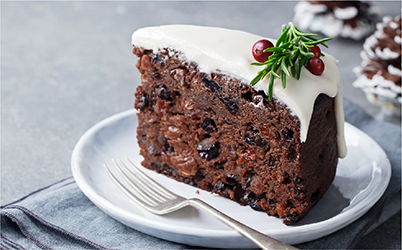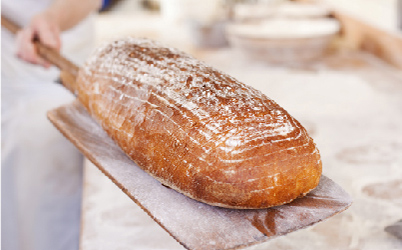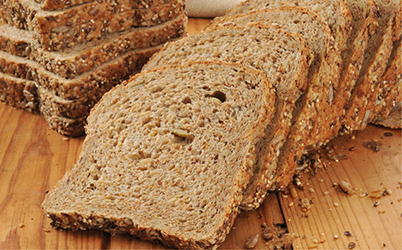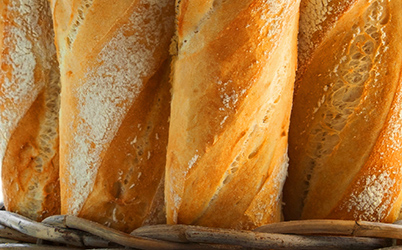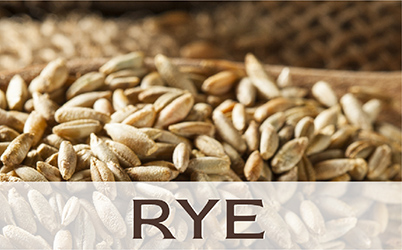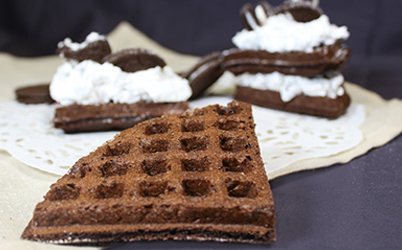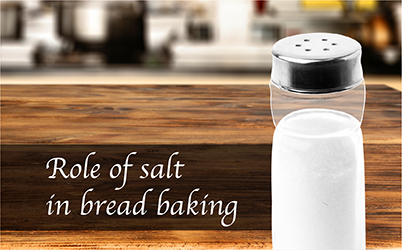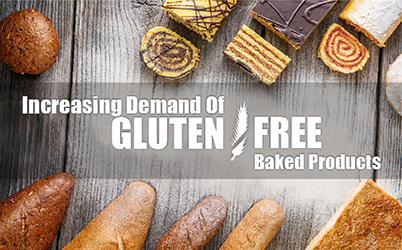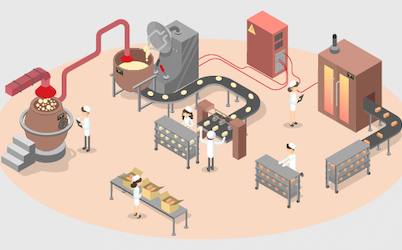"The French Croissant" - Origin, Recipe and Method
In celebration of the victory, the bakers created a small roll in the yeast-leavened sweet dough. The roll was made in the form of the crescent moon; the emblem that still appears on the Turkish flag, and thus the 'Croissant' was born.
From its origins until about 1920, the so-called Vienna croissant was made from un-laminated, non-flaky, yeast-raised sweet dough. Around that time, French bakers developed and began to regularly produce the laminated, flaky croissant which we know as the French Croissant today. The laminated-dough, flaky croissant is thus of French origin, and the fermentation of the dough which contributes to the formation of its flaky layers, represents considerable progress: as a result, the croissants were more voluminous, lighter, delicate with buttery flavour.
Ingredients that make a perfect Croissant.
Choose a pure wheat flour (not mixed grain) with the strength and baking quality slightly superior to ordinary bread flour: the W value should be at least 220, with a P/L ratio around 0.6, since these qualities result in the extendible dough with good shape retention. The enzymatic activity should be rather weak, with a falling number value equal to or greater than 250 seconds.
The plasticity and stability to the croissants are established by using excellent quality of fats. Fats used for croissants whether butter or margarine must have good plasticity and stability. The moisture content of the butter should be 15 % at most, and the point of fusion of margarine should not be higher than 36ºC. Use of unsalted fat is recommended to get the right flavour & mouthfeel.
As a leading manufacturer of premium bakery ingredients and convenience products, SwissBake offers a range of products that are ideal for use in making French croissants and other European Laminated dough products. With our state-of-the-art research facility located in Switzerland, we have been successfully fulfilling the evolving needs of the bakery industry and developing innovative tailor-made solutions for high-quality bakery ingredients. Our current range of laminated dough products includes:
We hope the information in this blog has been valuable to you. Do share your comments, queries or concerns regarding this blog with us.
Have a topic in mind you want us to write on? We are open to hearing from you. Kindly write to us on support@swissbake.ch.

